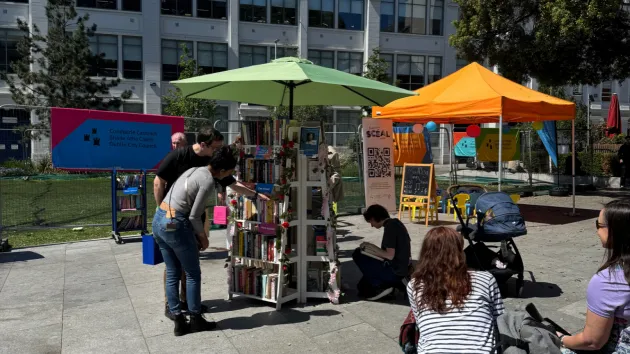The full set of Wide Street Commission architectural drawings have been conserved and digitised and are now available to view online. The Wide Streets Commission had the authority to determine and regulate the facades of buildings erected along the line of new streets developed by it. The Commission decided on the heights of buildings, the number of houses in a terrace, the materials to be employed and the type and spacing of windows. Builders had to conform to specifications and the Commission could, and did, order re-building where its instructions had been flouted.As a by-product of its interest in and impact on the architecture of Dublin in the period 1757-1849, the Wide Streets Commission amassed a total of 60 elevations of buildings and terraces. The WSC Architectural Drawing Catalogue was prepared by Dr Mary Clark, City Archivist and published by Dublin City Council in 1988. It provides detailed description of the full set of architectural drawings in the archives of the Wide Street Commission. The catalogue is now being published online, along with an image gallery of the architectural drawings.View Wide Street Commission Architectural Drawings Image Gallery.Search and browse the Wide Street Commission Architectural Drawings online.Wide Street Commission Architectural Drawings (PDF, 243KB) Cannot access PDF?About the Wide Street CommissionThe Commissioners for making Wide and Convenient Ways, Streets and Passages in the City of Dublin was established by an Act of Parliament in 1757. The Commission had extensive powers with the authority to acquire property by compulsory purchase, demolish it, lay down new streets and set lots along the new streets to builders for development. The Commission created Parliament Street, Westmoreland Street and D'Olier Street, widened Dame Street, built Carlisle Bridge (now O'Connell bridge), and extended lower Sackville Street (O'Connell) down to the river Liffey. The Commission was abolished under the Dublin Improvement Act of 1849 with the final completion of its work in 1851. The Wide Street Commission Collection includes minute books, architectural drawings, jury books, and over 800 manuscript maps.The archives of the Wide Street Commission are held by Dublin City Library and Archive.For further information contact:Dublin City Archives138-144 Pearse StreetDublin 201 647
[email protected] NoticeIn order to reduce handling damage and to ensure the long term preservation of these fragile drawings, all researchers are requested to view the digitised images in the first instance. High-Res versions can be provided on request. Viewing of original drawings is strictly by appointment only: please apply to
[email protected]. Please note: A minimum of 3 days notice is required to process your request and a maximum of 10 maps may be ordered per visit.Copyright StatementAll content (text, image, sound and film) on the Wide Street Commission Architectural Drawings Image Gallery on the Dublin City Public Libraries and Archive website is copyright of © Dublin City Council. All rights are reserved unless where otherwise stipulated.Individual UseThe content of the image gallery may be printed and downloaded on a temporary, non-commercial basis for personal use. Copyright must be acknowledged and content may not be altered.Commercial ReproductionThose wishing to use the content of this image gallery for commercial purposes should contact
[email protected] per Image: Scanned image on disk EUR 10.00Permission to reproduce images should be sought in writing from the City Archivist, Dublin City Library and Archive, 138-144 Pearse Street, Dublin 2. For commercial reproductions, a fee will be applicable.When applying please state which photographs are being used and give the precise details of the type of reproduction involved – exhibition, book, magazine, newspaper, or other.All reproduced images must carry the acknowledgement: 'Courtesy of Dublin City Library and Archive’.

